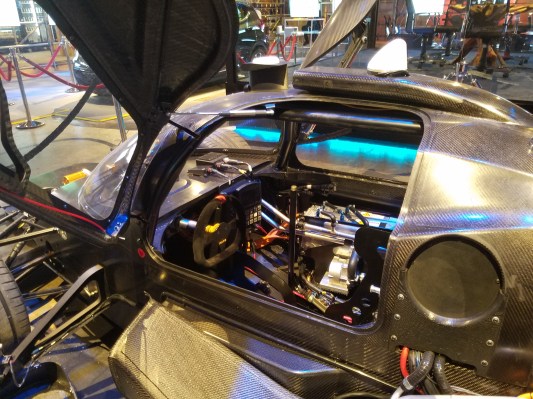A panel at the MovinOn conference in Montreal, Quebec, tackled the questions that always get tackled: What’s the state of autonomous cars and when will they be fully ready to take over the world? Or, at least, all driving tasks?
Dan Galves, a senior vice president at Mobileye, put it very plainly: the vehicles we have on the roads now are “small fleets of infants” in terms of what they’ve accomplished and what they have yet to learn. Merging in particular is an example of something autonomous cars are really bad at; they can’t discern aggressive drivers from conservative drivers and make choices about when to move into the roundabout like humans can, Galves pointed out.
He expects that the detailed mapping necessary for fully autonomous driving will be ready by 2020 or 2021, which is in line with other expectations. By that time, Galves predicted, autonomous cars will “look normal” instead of having large sensor arrays on the roof. They’ll be “adolescents” that are capable of doing quite a bit on their own but are still in training.
By 2025, autonomous cars will be “adults,” and we will be able to remove the human safety monitor sitting in the front seat and ready to take the wheel. That’s quicker than was predicted a few years ago, but none of Galves’s fellow panelists disagreed.
Joachim Damasky, managing director of Verband der Automobilindustrie in Germany, also said that it would take seven or eight years before fully autonomous cars would be able to tackle urban areas. But automated vehicles — which he was very particular to differentiate — would be ready by next year. These automated vehicles will be able to operate basic functions like steering and speed in controlled situations, such as a divided highway where everyone is driving the same direction (or is supposed to be) and at roughly the same speed.
“We’re not trying to take away driving function if you want to drive, but [we are trying] to make it safe,” Damasky said. Several speakers at the event mentioned the 1.2 million lives lost each year to traffic accidents, 90% of which can be attributed to human error.
But if the human is taken out of the equation, who’s in charge? That’s the regulatory sticking point in the United States, according to David Strickland of the Self-Driving Coalition for Safer Streets (and a former NHTSA administrator). In the United States, the federal government has been in charge of safety standards for vehicles — rules for machines. Likewise, states have been in charge of how those vehicles are operated through laws — rules for humans.
So if the machine takes over the duties of the human, is that the responsibility of the federal government to regulate or the states to regulate? NHTSA has produced guidelines, and the states are approaching autonomous testing piecemeal. Without a clear plan for moving forward, Strickland said, it’s difficult for auto manufacturers — and the startups that partner with them to supply cutting-edge technology — to move forward with confidence and efficiency.
